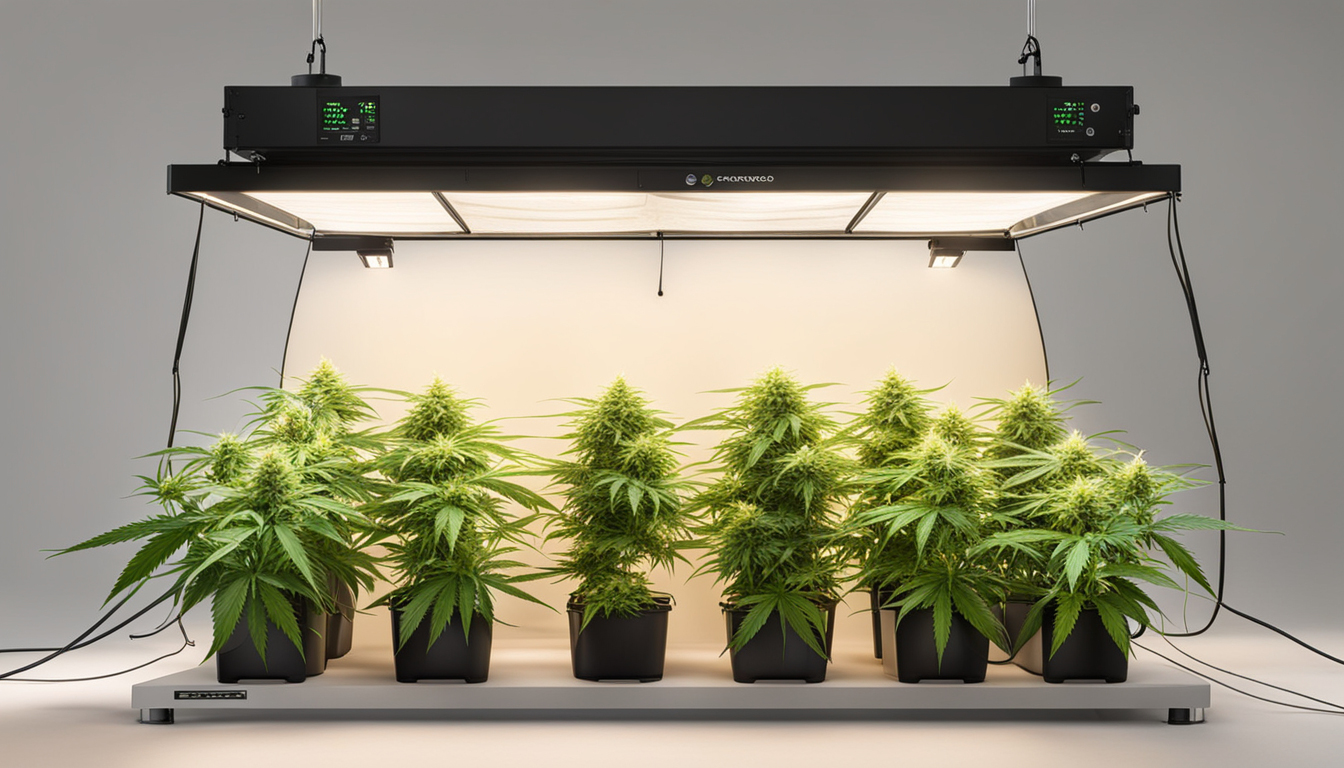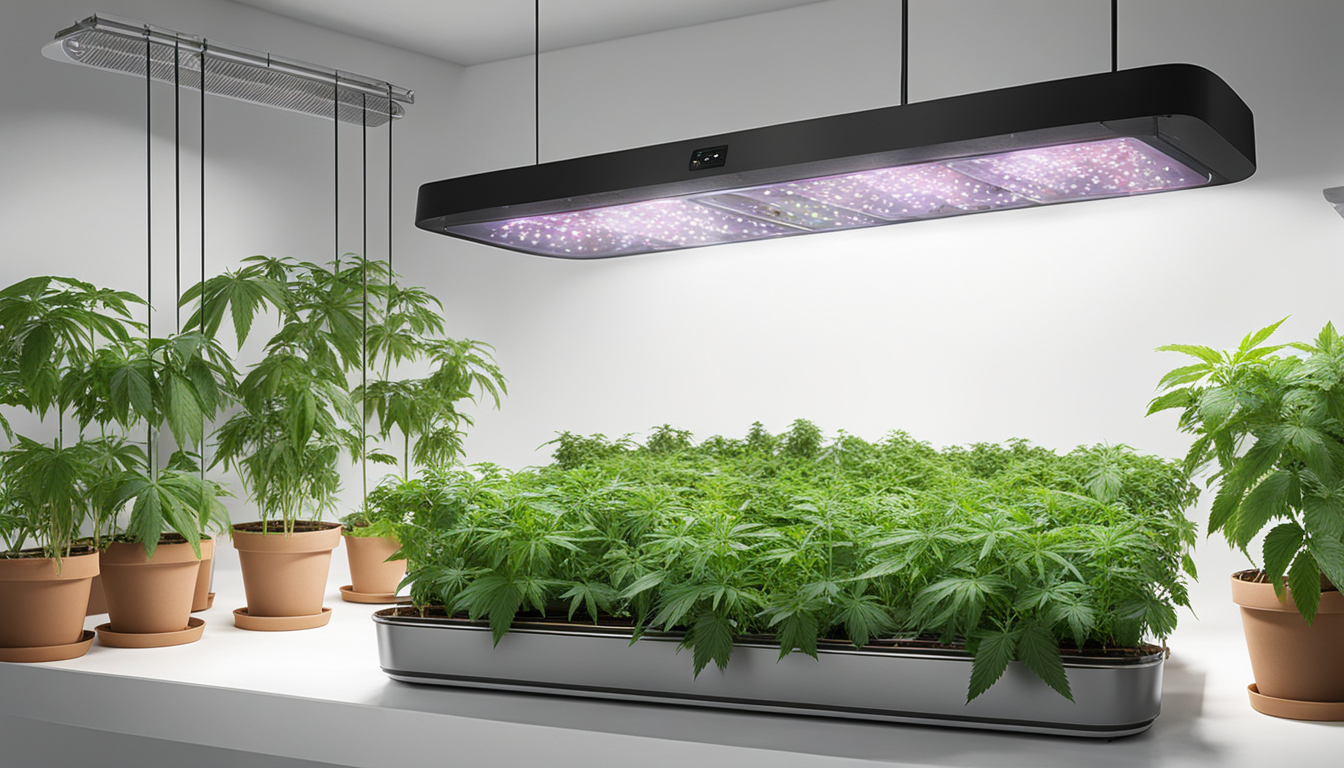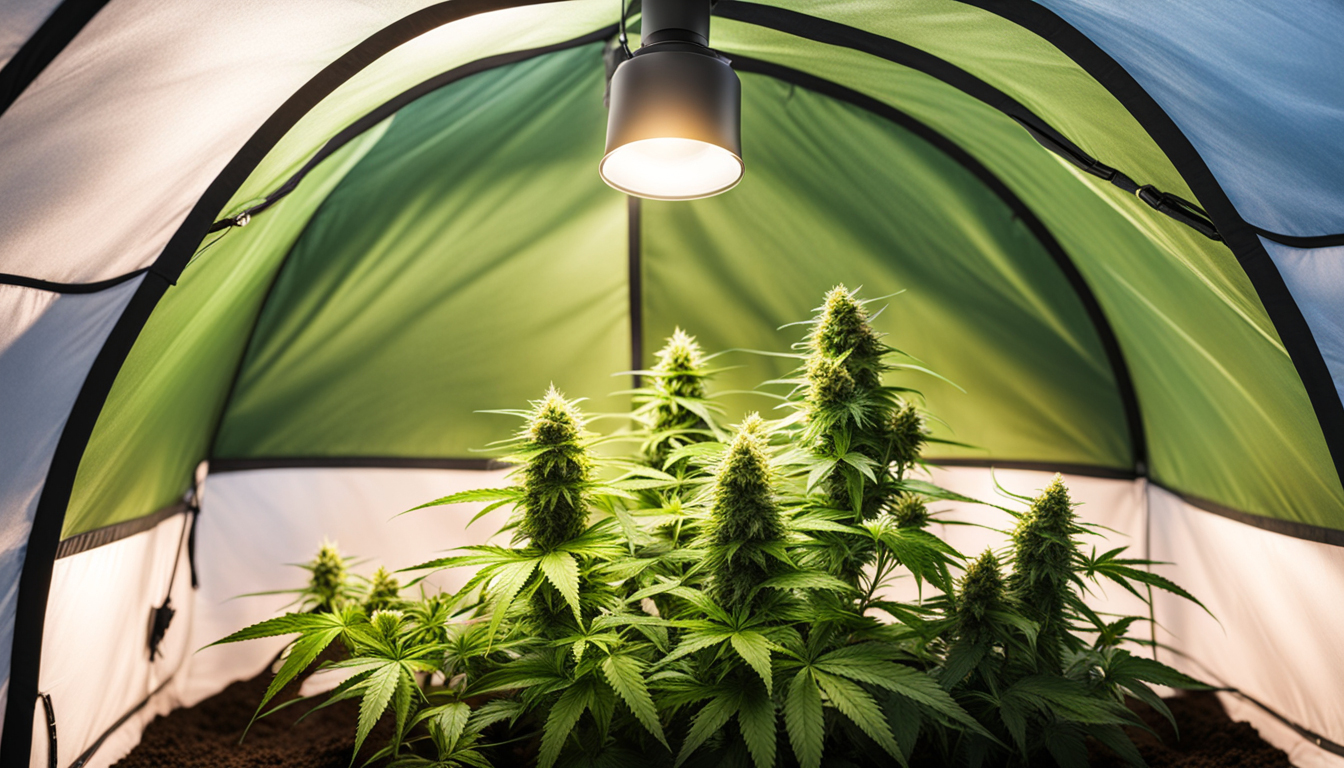
Whether you're new to marijuana cultivation or looking to improve your existing harvest, following this complete guide will help you produce large, high-quality yields right at home. With the right equipment, methods, and attention, cultivating cannabis indoors can be an extremely rewarding and cost-effective endeavor.
Choosing Weed Varieties
The first step in planning your indoor harvest is choosing the right pot strains to grow. The three main types of pot plants each have their own characteristics.
Sativas
Known for their energizing intellectual effects, these strains spread tall and slender with narrow leaves. They flourish in tropical tropical climates and have a longer blooming time between 10-12 weeks indoors. Top sativa strains include Jack Herer, Durban Poison, Super Lemon Haze, and Jack Herer.
Relaxing strains
These strains provide calming body-focused effects and grow short and bushy with broad leaves. Adapted to cooler mountain climates, they flower faster within 8-9 weeks. Popular indica strains include Granddaddy Purple, Northern Lights, and Bubba Kush.
Hybrids
Hybrid strains blend traits from both sativas and indicas. They offer combined effects and have moderate flowering periods around 9-10 weeks. Popular mixes are Blue Dream, OG Kush, and Blue Dream.

Setting Up Your Cultivation Space
Marijuana plants need the right controlled environment to thrive. Key factors for indoor grows are lighting, airflow, layout, and finding the ideal discreet spot.
Location
Choose an empty space with easy access to water and power outlets. An empty extra bedroom, unused closet, basement corner, or grow tent securely placed in a garage all make great discreet cultivation room spots.
Lights
Marijuana requires strong light for all growth stages. LEDs are efficient and come in full spectrum options mimicking real outdoor light. Cover 250-400 watts per sq. ft for the vegetative stage and 400-600 watts per sq. ft. for flowering.
Ventilation
Proper ventilation and exhaust systems maintain ideal temperature, moisture, and pure CO2 levels. Install quiet 10-15 cm fans or carbon filters to circulate stale air and eliminate smells.
Layout
Maximize your space by positioning plants carefully under the lights and allowing room to access and work around them. Set up separate zones for growth, flowering, curing, and cloning.

Growing Substrates
Cannabis can be cultivated in various mediums, each with benefits and cons. Pick a suitable option for your particular setup and growing style.
Soil
The classic substrate, soil is cheap and simple for beginners. It provides excellent taste but requires more irrigation and fertilizing to feed plants. Enrich soil with perlite or coir to improve aeration.
Coco Coir
Made from coir, renewable coco coir holds water but still allows air to the roots. It's cleaner and more consistent than soil. Use coco-specific nutrients to prevent calcium buildup.
Water systems
In water systems, plant roots grow right in fertilizer water solution. This enables rapid growth Learn More but needs careful monitoring of solution chemistry. Deep water culture and irrigation systems are common techniques.
Sprouting Seeds
Sprouting activates your marijuana seeds to start sprouting radicles. This readies them for planting into their growing medium.
Towel Method
Put seeds between damp paper towel and maintain them moist. Check after a week for growing taproots showing sprouting is complete.
Direct Planting
Insert seeds right into pre-moistened growing medium 6mm deep. Gently water and wait 7-14 days until sprouts push through the top.
Cubic rockwool
Soak rockwool cubes in balanced water. Find Out More Place seeds 6mm deep into the cubes. Keep cubes moist until seedlings emerge within a week to 2 weeks.
Repotting Seedlings
Once germinated, pot young plants need to be transplanted to avoid overcrowding. Move them into proper sized pots.
Ready Containers
Fill final pots with cultivation medium enriched with time-released nutrients. Allow containers to absorb water for 8-12 hours before repotting.
Gently repotting
Gently separate seedling roots from germination medium using a spade. Put into prepared container at same depth as before and lightly water in.
Growth Stage
The growth stage encourages foliage and plant form through 3/4 to full day of daily light exposure. This stage usually lasts 4-8 weeks.
Using 3/4 to full day of Lighting
Use lamps on a 24 daily cycle or natural sunlight to trigger constant photosynthesis. Lamp output influences height and node distance.
Nutrients
Use grow stage fertilizers richer in nitrogen. Make sure pH stays around 6.5 for proper nutrient absorption. Feed 1⁄4 to 1⁄2 strength after 2 weeks and increase gradually.
Training Techniques
Topping, low stress training, and scrogging manipulate growth Donate Here patterns for flat foliage. This boosts yields.

Bloom Stage
The flowering stage develops buds as plants show their sex under a 12 hour cycle schedule. It lasts 8-12 weeks depending on variety.
Switching to 12/12
Switch grow lights to 12 hours on, 12 hours off or place outside for natural 12/12 timing. This triggers plants to begin blooming.
Stop Fertilizing
Flushing flushes out fertilizer residuals to enhance flavor. Fertilize weakly the first period then just use pH'd water the final 2 weeks.
Flushing
Maintain 12 hour photoperiod but flush using pH-balanced water only. Return to clean watering if buds aren't mature after two weeks.
Reaping
Recognizing when weed is fully ripe delivers maximum cannabinoid content and aroma. Cut down plants at optimal maturity.
Identifying Ripeness
Check fading pistils, swelling calyxes, and 10-15% cloudy trichs. Inspect buds around the plant as they don't all ripen evenly.
Harvesting plants
Use clean, sharp pruning shears to gently cut each plant at the base. Leave 5-10cm of stem attached.
Curing
Suspend whole plants or branches inverted in a dark room with moderate temp and humidity around 45-65% for 7-14 days.
Curing
Aging continues desiccating while aging the buds like fine wine. This technique smooths harshness and intensifies cannabinoid and terpene profiles.
Curing containers
Trim cured buds from stems and store into sealed containers, filling about 75% capacity. Use a hygrometer to monitor jar humidity.
Opening jars daily
Open containers for a few hours each day to slowly reduce humidity. Remoisten buds if RH drops below 55%.
Long term storage
After 2-3 weeks when moisture stabilizes around 55-60%, do a final manicure and store forever in sealed jars.
Troubleshooting
Even experienced cultivators run into various marijuana plant problems. Identify problems early and fix them properly to keep a healthy garden.
Nutrient Deficiencies
Chlorosis often indicate inadequate nitrogen. Purpling stems and leaves signal phosphorus deficiency. Test pH and increase fertilizers gradually.
Bugs
Spider mites, fungus gnats, mites, and nematodes are frequent cannabis pests. Use organic sprays, ladybugs, and sticky traps for organic control.
Mold
Excessive humidity promotes botrytis and bud rot. Increase airflow and venting while reducing humidity under 50% during flowering.

Summary
With this complete indoor cannabis cultivation guide, you now have the info to cultivate plentiful potent buds for personal grows. Apply these steps and techniques throughout the germination, growth, and flowering stages. Invest in good gear and closely monitor your plants. In time, you'll be rewarded with frosty fragrant buds you raised yourself under the loving care of your green thumbs. Good luck cultivating!